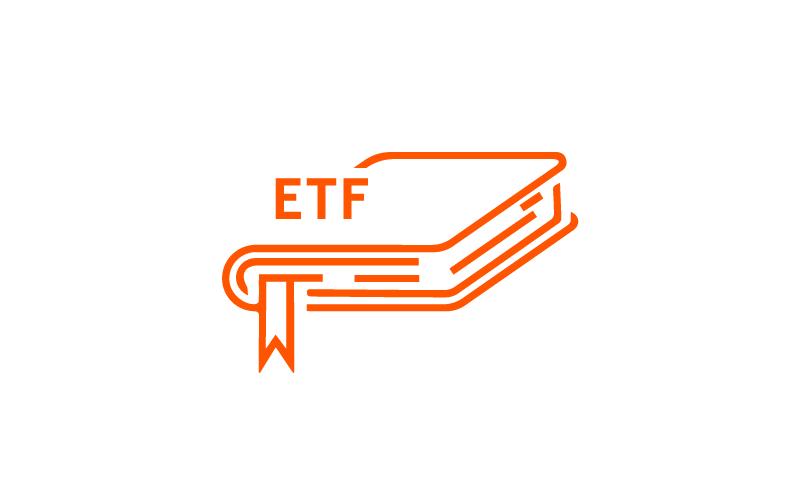The Next Frontier for Solar-grade Wafer
Q1: What was happening in solar upstream in the last decade?
Solar upstream consists of solar-grade polysilicon and wafer.
Mass-production of solar-grade polysilicon started in early 2000s when the German government firstly ramped up the promotion of clean energy. Chinese government has instigated a push to take over global demand and supply since 2013. After that, we have seen Asian companies, especially a number of Chinese companies stepped into the history, in which GCL-Poly Energy (GCL) is an important company who was dedicated to polysilicon cost cut. GCL pioneered key equipment import substitution and production method improvement to ultimately cut machinery investment in addition to materials and energy consumption. Some followers subsequently located their new capacities in west China where power cost is as low as CNY 0.2/kWh.1 They further reduced the cost by a series of capacity expansions to enjoy the economy of scale.
Longi Green Energy (Longi) is another vital company in wafer part. Similar as GCL, Longi made great contribution in equipment manufacturing domestically to cut the fixed investment. They were the first to adopt diamond cut line and bring in mono-Si wafer to mass production. It significantly improved the solar cell conversion efficiency and reduced solar cost in terms of Levelised cost of energy (LCOE).
We have seen polysilicon and wafer price decline by over 90%1 in the last decade. Chinese players’ cost advantages as well as supply chain coordination and collaboration help them keep gaining market share in the world. In terms of capacity, the top five Chinese polysilicon producers’ market share reached 56% in 2019 compared to 11% in 2010, and the top five wafer makers’ global market share increased from 20% to 70%2 during the same period.
Q2: How do we think of the business nature?
Polysilicon production is a typical chemical purification process with four key inputs: metallic silicon, purification equipment, energy and labor. China enjoys the lowest cost in metallic silicon, power and labor. After substitution with domestic equipment, Chinese players established the absolute cutting-edge in global competition.
Solar-grade wafer production is essentially a fine manufacturing business with four key inputs as well: solar-grade polysilicon, equipment and auxiliary materials (ingot furnace, cutting machine and diamond cutting lines), energy and labor. Similar to polysilicon, after China could produce key equipment and auxiliary materials by their own, Chinese wafer makers had mastery over all the cheaper inputs in massive production. It results in further cost advantages in lower logistics cost and less frictions in tariff and supply chain stability, coupled with leading polysilicon production.
Q3: What are the implications on the future?
In the long term, there are a few ways to cut production costs in solar upstream: 1) Equipment innovation to reduce energy consumption and unit cost; 2) Economy of scale to lower fixed cost amortization; 3) Revolutionary changes to silicon-based solar cell. Moreover, purification methods improvement and more efficient wafer could also help reduce the cost in polysilicon and wafer, respectively. We will keep an eye closely on technology innovation, and would like to hold a conservative view on who will ultimately succeed in the long term, although the current cost leaders are likely to keep consolidating their leading positions in both technology and cost cut.
Related ETF
Global X China Clean Energy ETF is designed to offer investors efficient access to growth potential through companies critical to further advances and increased adoption of clean energy in China.
Other Key Features:
- Unconstrained Approach: The fund’s composition transcends the classic sector and industry classifications by tracking an emerging theme.
- ETF Efficiency: In a single trade, the fund delivers access to dozens of companies with high exposure to the clean energy theme in China.
Please click here for more information on the Global X China Clean Energy ETF.

